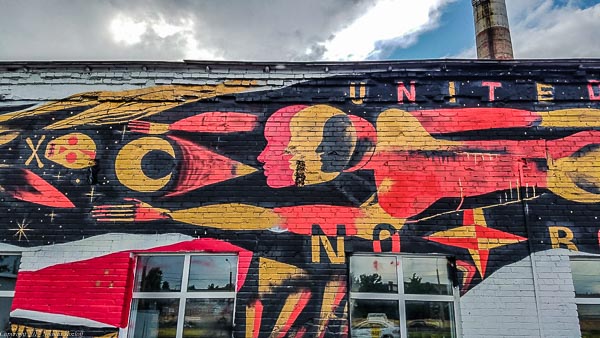
Russian Revolution at 100: What Constitutes “Revolutionary Art”?
At the Russian Museum in St. Petersburg, patrons are greeted with the site of Soviet-era art.
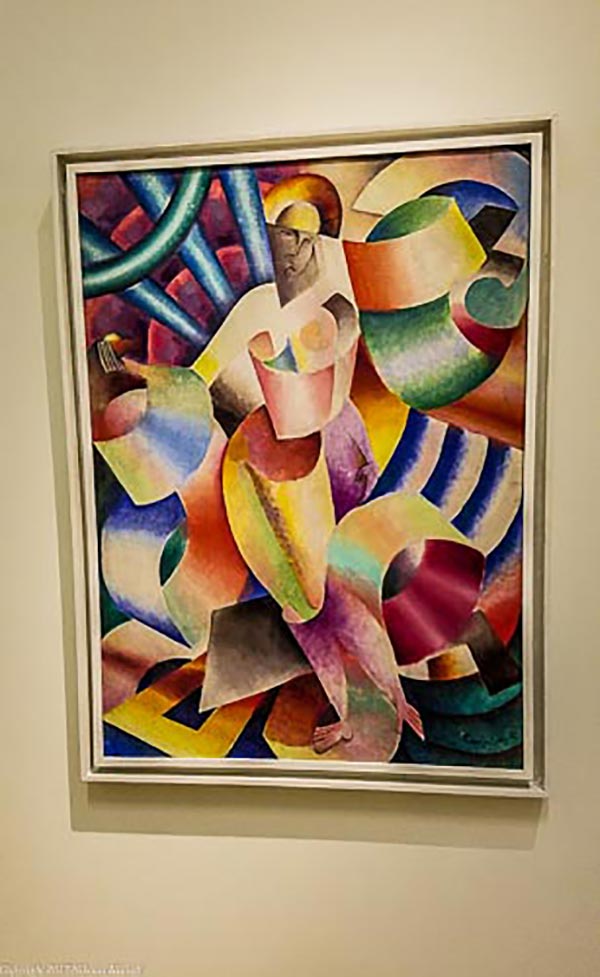
What constitutes “revolutionary art” one hundred years after the Russian Revolution? At Pushkinskaya-10, a local art museum in St. Petersburg, patrons may take in a degree of somewhat subversive art.
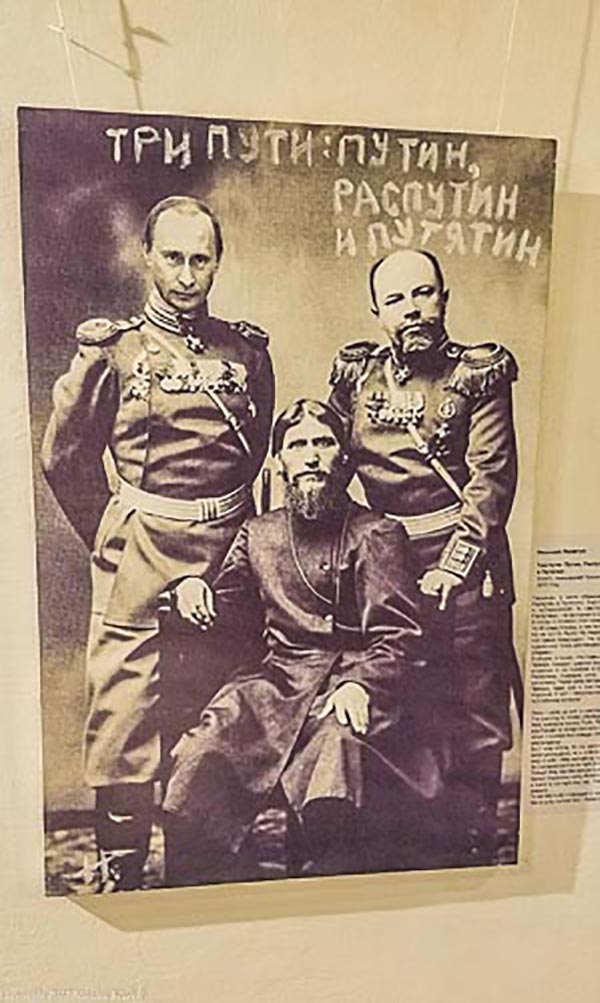
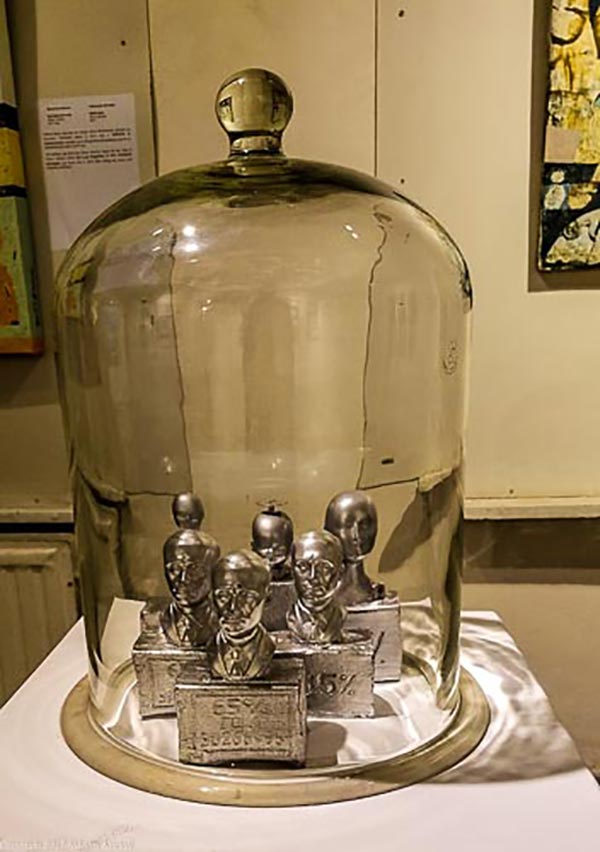
On the outskirts of St. Petersburg, the Street Art Museum has revolutionary aspirations. In the entrance way of the museum hangs a manifesto reading “Revolutionary art has always played an integral role in mass political uprising…The need for radical change and a desire for breaking all ties with the past became the impetus for people to take political action into the public.” The Street Art Museum aims to “reflect on the phenomenon of revolution through art and to create a dialogue between modern artists from different countries.”
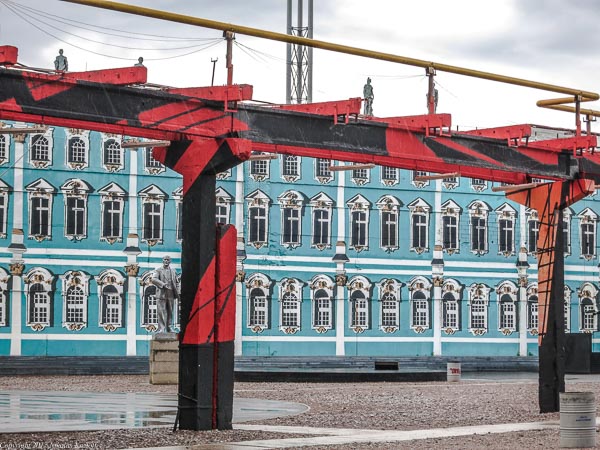

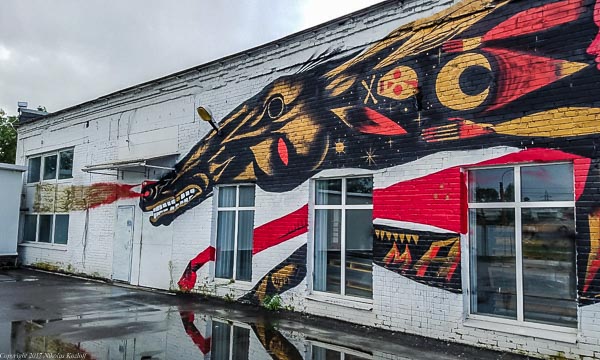


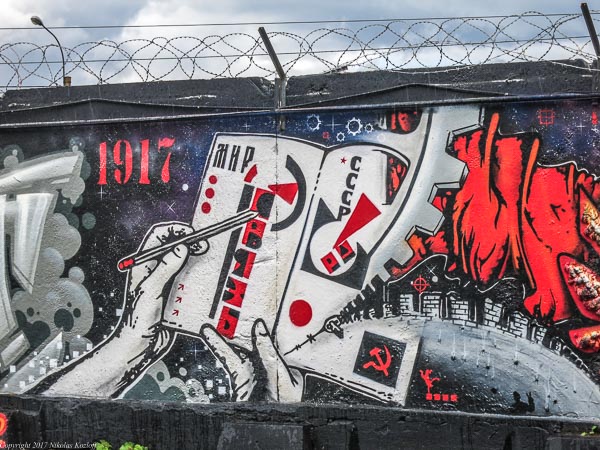
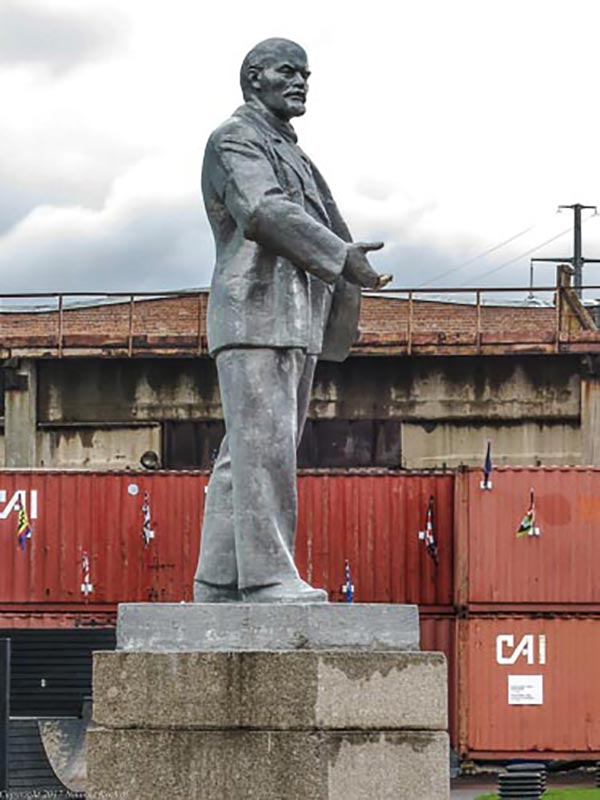
Leave a comment